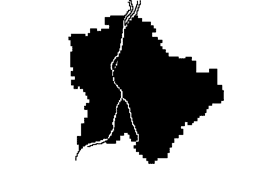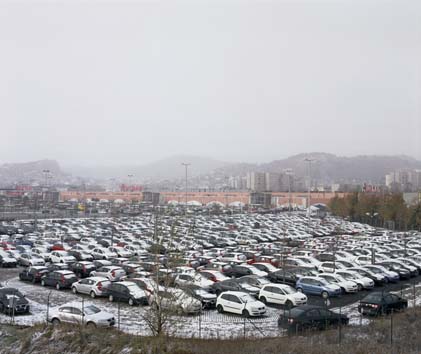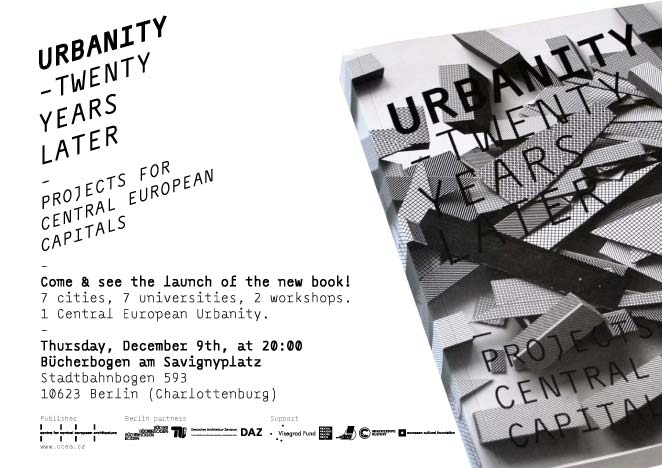
Budapest
City foundation:
13th century
Population:
1 712 210 inhabitants
Area:
525,16 Km2
Density:
3.241,50 inhab./km2
Dividing the city:
3parts/ 23 districts
Mayor:
Gábor Demszky (SZDSZ)
Budapest is one of the largest cities of Eastern Europe. Built on the banks of the Danube River in northern Hungary, Budapest is an important artistic, cultural, and scientific centre of the country and is known as the Queen of the Danube.
Hungary became a Christian kingdom in A.D. 1000 and for many centuries served as a bastion against Ottoman Turkish expansion in Europe. The kingdom became part of the Austro-Hungarian Empire, which collapsed during World War I. After the World War II the communists took the power and the country fell under the influence of USSR. The Hungarian uprising in 1956 against Soviet influence, led during brief opening of the borders to emigration of aprox. 300.000 people. In 1968, Hungary began liberalizing its economy. The country held its first multiparty elections in 1990 and initiated a free market economy. In 1996 Hungary became a member of OCDE (Organization for Economic Co-operation and Development) and joined NATO in 1999 and the EU in 2004.
From the photography exhibition

Kudász Gábor Arion, Waste Union, Budapest 2008–2009
Every man – his/her own car
Every man – his/her own house
